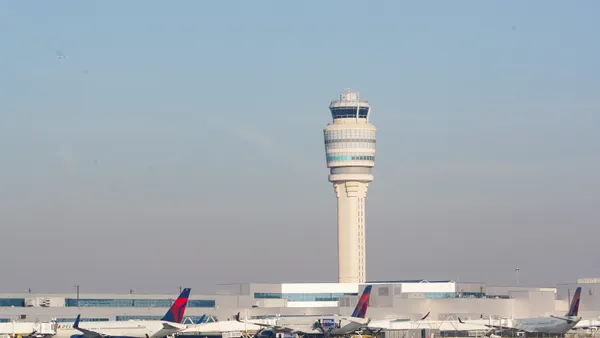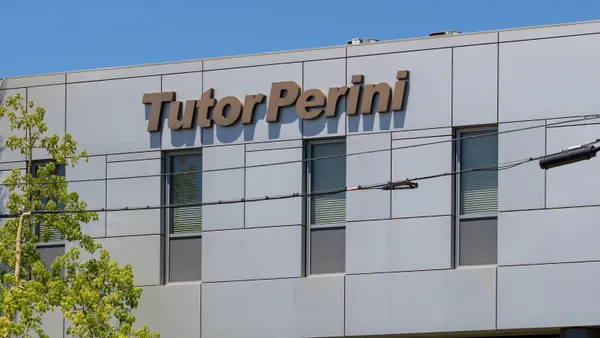Dive Brief:
-
General Electric is turning to drones to inspect equipment and facilities within its transportation, oil and gas, and power sectors, according to Reuters.
-
The company is testing autonomous drones and crawlers — which can take photos, temperature and gas readings — in areas that are dangerous for or not accessible by people.
-
GE joins an emerging trend of companies, such as IBM, leveraging robotics and artificial intelligence for difficult inspections.
Dive Insight:
Drones are rapidly growing in popularity in the construction industry for surveying and inspections, but GE's initiative takes the trend a step further with the incorporation of artificial intelligence and autonomous technology. Currently, humans who have passed an aeronautical knowledge test can guide the UAVs to take photos, collect data and send that information back to the project team.
The use of drones can significantly reduce inspection costs, as they require less manpower and less time that conventional inspection methods. The Minnesota Department of Transportation, for example, is studying the use of drones for bridge inspections to obtain detailed structural close-ups and to detect temperature changes in concrete.
Earlier this year, the Federal Aviation Administration reported that construction, industrial and utility inspections take a 26% share of current commercial drone use across industries, second only to aerial photography and tied with real estate. Overall drone use is soaring, and the FAA predicts that the number of commercial drones in use could rise as high as 1.6 million by 2021.












